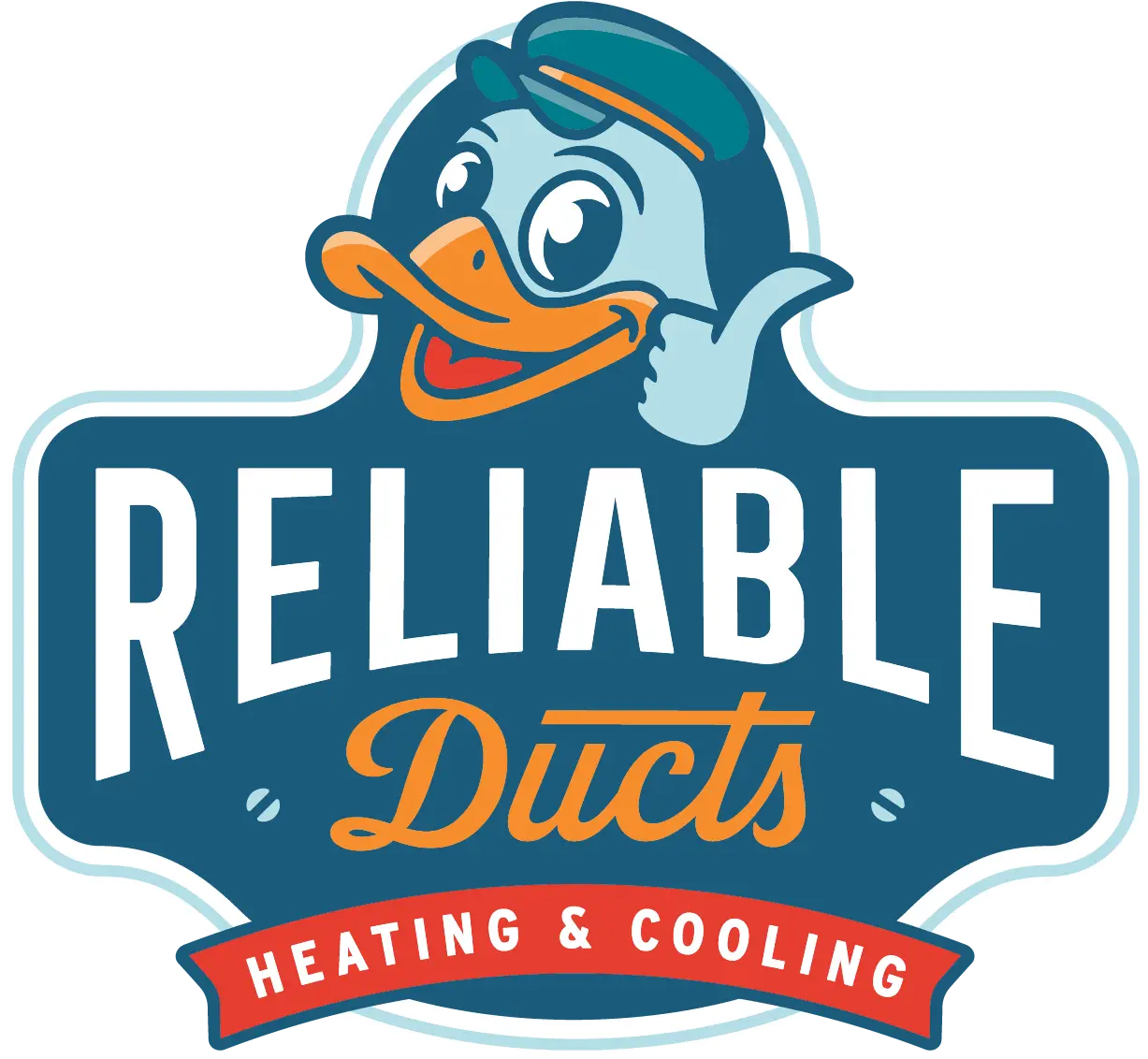Breathe Easy & Save Money: The Power of Regular HVAC Maintenance
[vc_row][vc_column][vc_column_text]In Jacksonville, regular maintenance is key to keeping your home comfortable year-round and ensuring your system runs efficiently. In this blog, Reliable Ducts will explain the many benefits of routine HVAC maintenance, including improved air quality and significant cost savings. Whether you’re looking for air conditioning repair near me or tips on maintaining your heating […]
Beat the Heat in Orange Park, Fl with Reliable Ducts HVAC Services
[vc_row][vc_column][vc_column_text]The hot season in Orange Park, FL, can be brutal without a reliable air conditioning system. Reliable Ducts offers comprehensive HVAC help, including air conditioning repair, installation, and maintenance, to help you beat the heat. Here’s how our HVAC services can keep you cool and comfortable this summer. Quick and Dependable Air Conditioning Repair […]
Clear the Air: Reliable Ducts’ Expert Tips to Combat HVAC Pollutants in Neptune Beach, FL
[vc_row][vc_column][vc_column_text]In Neptune Beach, FL, maintaining indoor air quality is essential, especially with the hot and humid climate that demands constant air conditioning. Poor air quality can lead to health issues and discomfort, but the right HVAC practices can help. Here are some expert tips from Reliable Ducts on reducing HVAC air pollutants and keeping your […]
Troubleshooting Guide: Why Is My Furnace Blowing Cold Air?
[vc_row][vc_column][vc_column_text]As the chill of winter sets in, your furnace becomes an indispensable ally in keeping your home warm and cozy. However, encountering a sudden blast of cold air from your furnace when you’re expecting comforting warmth can be quite disconcerting. If you’re experiencing this issue, fret not, as we’re here to unravel the mystery behind […]
Breathe Easy in Neptune Beach with Reliable Ducts HVAC Services
[vc_row][vc_column][vc_column_text]In Neptune Beach, where the salty sea breeze is a part of daily life, maintaining excellent indoor air quality is crucial. Reliable Ducts is dedicated to ensuring that your HVAC system effectively combats air pollutants, providing a cleaner and healthier home environment. Tackling Air Pollutants with Professional HVAC Services Reliable Ducts employs several […]
Clear the Air: Reliable Ducts’ Strategies for Eliminating HVAC Pollutants in Fernandina, FL
[vc_row][vc_column][vc_column_text]In Fernandina, FL, maintaining indoor air quality is essential, especially with the hot and humid climate that demands constant air conditioning. Poor air quality can lead to health issues and discomfort, but the right HVAC practices can help. Here are some expert tips from Reliable Ducts on reducing HVAC air pollutants and keeping your indoor […]
Comprehensive HVAC Care in Jacksonville Beach: Reliable Ducts at Your Service
[vc_row][vc_column][vc_column_text]Living in Jacksonville Beach, having a reliable HVAC system is essential to staying comfortable amidst the fluctuating temperatures. From the sweltering summer heat to the occasional chilly nights, maintaining your air conditioning and heating systems is crucial. Reliable Ducts is here to provide comprehensive HVAC care, ensuring your systems run smoothly and efficiently year-round. In […]
The Surprising Health Benefits of Air Conditioning
[vc_row][vc_column][vc_column_text]While most people associate air conditioning with comfort during hot weather, few realize that it also has several important health benefits. From improving air quality to preventing heat-related illnesses, the impact of air conditioning on health can be substantial, especially in climates prone to extreme heat. Reduces the Risk of Heat-Related Illnesses: During […]
Dependable AC Repair & Installation in Jacksonville by Reliable Ducts
[vc_row][vc_column][vc_column_text]Jacksonville, FL, is a vibrant city known for its sprawling parks, gorgeous river views, and, of course, its warm climate. As residents navigate the extremes of Florida’s weather, from scorching summers to mild winters, the importance of a reliable, efficient HVAC system becomes clear. Reliable Ducts HVAC Repair steps up as Jacksonville’s go-to provider for […]
Save Money by Investing in a New Furnace
[vc_row][vc_column][vc_column_text]In the quest for home efficiency and cost savings, homeowners often overlook one of the most impactful changes they can make: upgrading their furnace. While the initial investment might seem daunting, the long-term savings, increased efficiency, and environmental benefits of purchasing a new furnace can far outweigh the upfront costs. Here’s how buying a new […]
